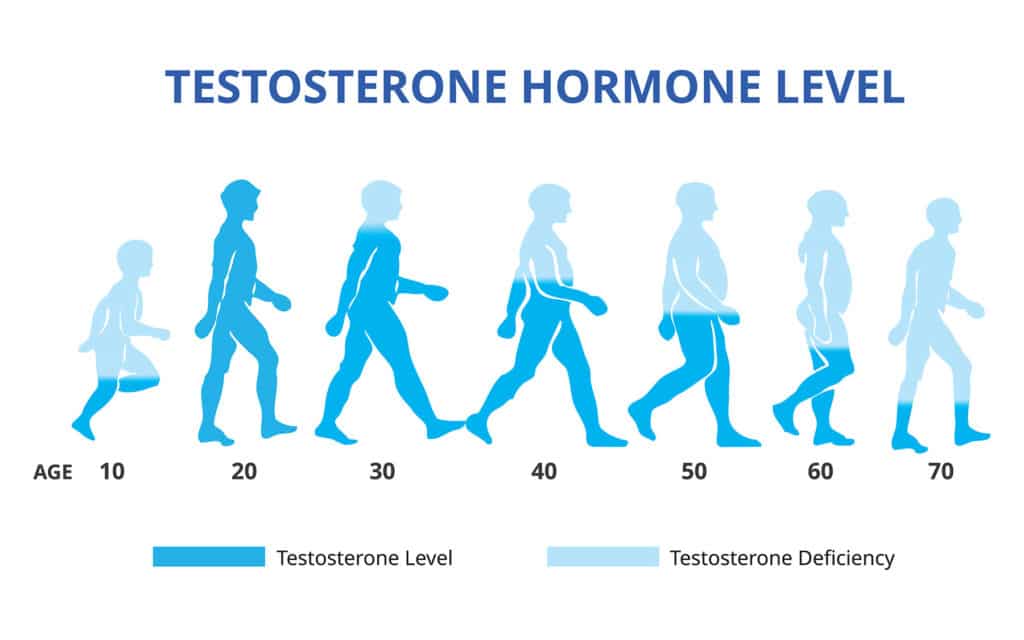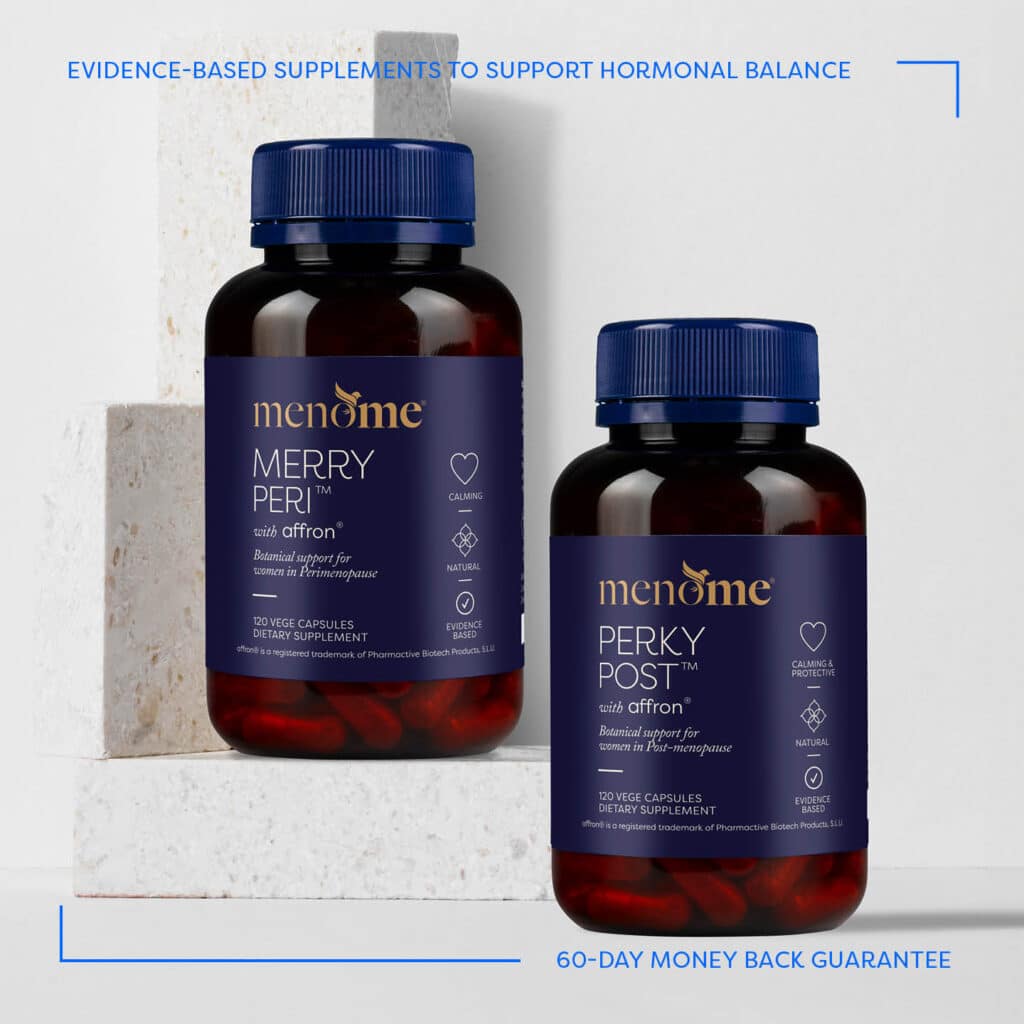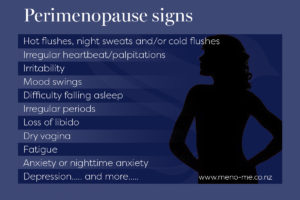Yes, there’s a recognised biological process known as male menopause or andropause. Who knew, right?
However, it should be noted that male menopause is controversial, and not all experts believe it exists.
Indeed, the UK’s NHS describes the terms andropause or male menopause as misleading. And Family Doctor states there is “ongoing debate as to whether male menopause exists”.
But there are several scientific studies acknowledging male menopause. One of them cited menopause as “characterising a minority of men and all women”, which points to the hypothesis that not all men experience menopause or “late-onset hypogonadism (LOH)“.
Meaning: hypogonadism is when the testes produce little or no testosterone.
Male menopause & men’s health
Putting the controversy to one side, the important thing is that male menopause or late-onset hypogonadism can significantly impact men’s health.
Certainly, male menopause doesn’t get as much air time as female menopause has recently. One of the reasons may be that the hormonal decline isn’t as dramatic in males, another being the male menopause debate. Moreover, men are considered to be notorious for hiding their heads in the sand when it comes to health matters.
What’s more, it’s likely they’re not even aware that there is such a thing as male menopause.
What is male menopause?
According to “Male Andropause: A Myth Or Reality”, male menopause is due to a drop in testosterone levels as men grow older.
Testosterone is famously the key male hormone, and it begins to naturally decline from the mid-20’s. As with female hormones, levels are affected by lifestyle, stress and diet.
Testosterone is behind the height, body hair and deep voice of a man, sperm production, sex drive, bone mass, fat distribution, and muscle mass and strength. Source
Both sexes have testosterone, but it’s more dominant in men.
One of the hallmarks of male menopause is that testosterone diminishes gradually. This is unlike female menopause, when estrogen and progesterone changes can be abrupt.


Take the ADAM questionnaire
There’s a term for the decrease of testosterone known as ADAM, or androgen deficiency in the ageing male.

St Louis University created the ADAM questionnaire as a measure of hypogonadism.
Click this link to take it.
When can male menopause begin?
According to Family Doctor, testosterone production and levels decline in early middle age. “Bioavailable testosterone is nearly halved between 25 and 75”.
The Mayo Clinic state a man’s testosterone levels decline on average about 1 percent a year after age 40.
“But most older men have testosterone levels within the normal range, with only an estimated 10% to 25% having levels considered low,” they add.
Similar to women and ovarian estrogen, the testicles still produce testosterone as men grow older, but in smaller amounts. And this, says Family Doctor, is what’s believed to lead to the symptoms of male menopause.

What are the signs & symptoms of male menopause?
Declining testosterone can trigger a number of symptoms, including:
- Erectile dysfunction
- Irritability
- Depression
- Brain fog
- Fatigue
- Loss of libido
- Anxiety
- Height loss
- Weight gain
And in some cases hot flushes and night sweats.
It’s surprising, isn’t it? There are several similarities with female menopause!
However, some men with low testosterone experience no symptoms. Furthermore, it’s important to realise that the signs and symptoms can also be attributed to other conditions.
Experts recommend only testing older men who have symptoms. Low testosterone levels are defined as 11nmol/l. Family Doctor says only 1 percent of healthy men between the ages of 20 and 40 will have levels below this point.
What can you do about male menopause?
The good news is there’s a lot you can do, and because both females and males may find similarities in their experiences, perhaps it can be a team effort.
For example, upping leafy green veggie intake, spending time outdoors, avoiding alcohol, smoking, and making sleep a priority.
In addition, cognitive behavioural therapy may help. It’s been shown to be helpful for women going through menopause, and there’s a general consensus that men need to open up more.
Finally, testosterone therapy is a commonly used treatment for low testosterone levels in males.
Overall, it’s essential to speak with your doctor.
Conclusion
Regardless of whether you or your professional team believe in male menopause, it’s recommended men see a health professional.
Additionally, it doesn’t matter what sex you are, as you grow older, you become more susceptible to conditions such as heart disease, type 2 diabetes, osteoporosis (yes, men too) and cancer. As such, it’s crucial you look after your health through diet and lifestyle practices, including movement, mindfulness and appropriate supplementation.
In fact, our 7 Wellness Pillars are great foundations for both sexes.
About MenoMe®
At MenoMe® we offer Merry Peri® and Perky Post® for women in perimenopause and post-menopause.







 Say hi to ’26
Say hi to ’26